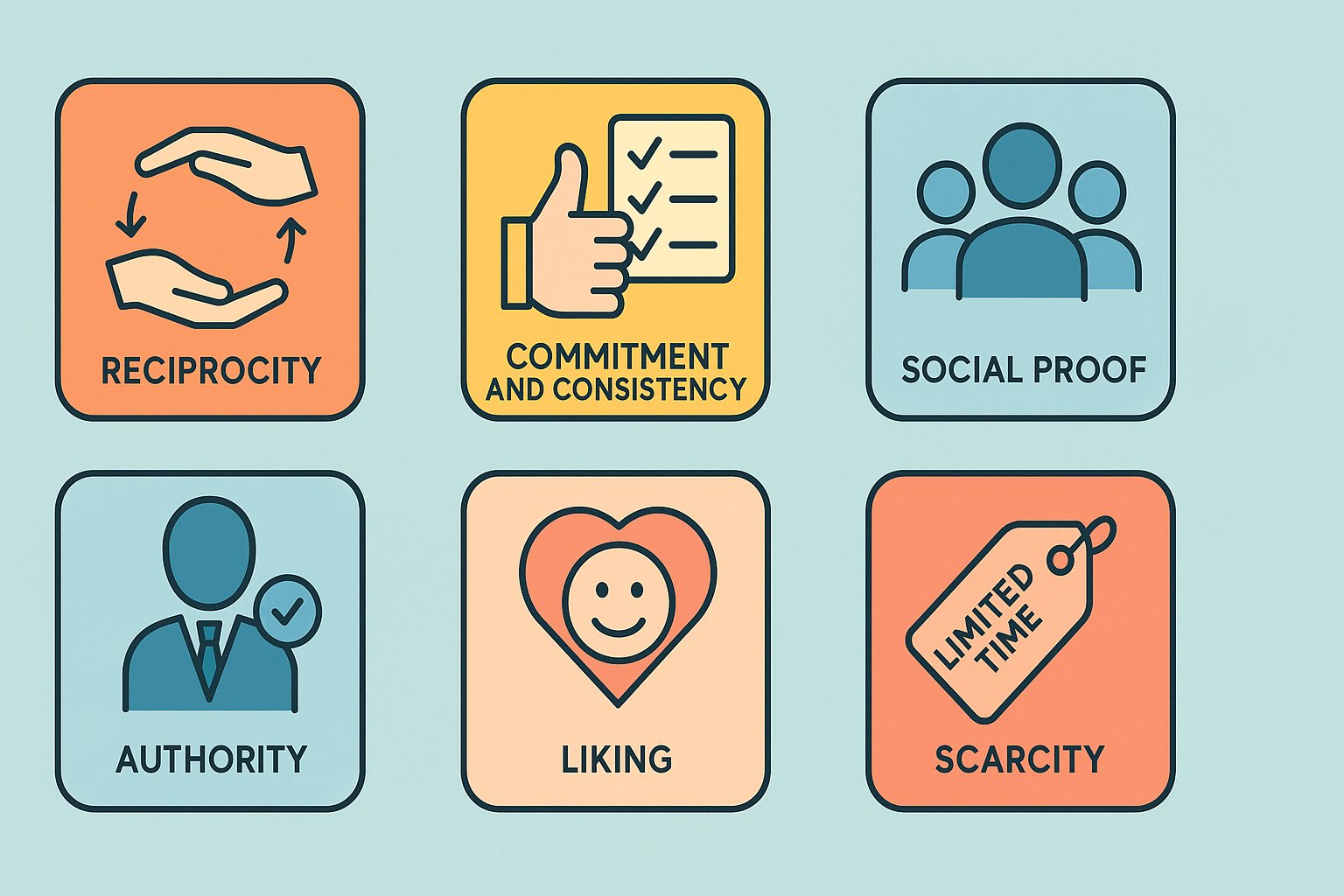Apr23

Title: Why Change Fails — and What to Do About It
Change doesn’t fail because people resist it. It fails because leaders don’t align people, systems, and strategy.
Resistance is rarely emotional. It’s usually a signal—a symptom of confusion, exclusion, or poor follow-through. When strategy is defined in isolation, when systems aren't adapted to support execution, and when people are expected to figure things out on their own, the result is predictable: stalled momentum, wasted effort, and transformation theatre.
In two recent short videos, I broke down what really derails change and what leaders can do to fix it. Here's the integrated view.
1. Resistance Isn't the Problem
We often label pushback as "resistance to change," when in reality, it's a response to:
Unclear decision rights
Lack of communication follow-through
Misaligned structures and outdated KPIs
People don’t resist change because they’re lazy or negative. They resist when they can’t see how the change makes sense, when they weren’t part of shaping it, or when the support structure is missing.
It’s not emotional resistance. It’s operational misalignment.
2. What Actually Helps Change Land
There are plenty of change models out there, but two continue to stand out in my work:
Prosci’s 3-Phase Process
A clear approach to managing the people side of change
Focuses on awareness, desire, knowledge, ability, and reinforcement
McKinsey’s 7S Framework
Aligns strategy, structure, systems, skills, style, staff, and shared values
Particularly useful for understanding how change ripples across an organization
I think of models like GPS. They’re helpful for navigating from point A to B - but only if you know where you’re starting and what the terrain looks like. And just like with travel, no single route fits every journey.
In practice, I often blend models. Prosci helps clarify the people dimension, while 7S brings structure to the organizational side. Used together, they bring the kind of clarity and context most change efforts lack.
3. Strategy is Not a Slide. It's a System.
In many transformations, the ambition is real. The decks are impressive. The town halls are inspiring.
But execution crawls. Not because people didn’t care. But because the foundation wasn’t aligned.
If your incentives reward the old behavior, if your systems are still optimized for yesterday’s risks, and if your org design creates confusion instead of clarity - change doesn’t land.
Execution without alignment is just expensive theatre.
Final Thought:
If you're leading change, don't just roll out a new process. Pause and ask:
Are people, systems, and strategy pointing in the same direction?
Are we designing change, or just delivering it?
Frameworks can help. But only when the fundamentals are clear.
Because at the end of the day, people don’t resist change. They resist confusion. And real transformation only sticks when everything around it supports it.
This article integrates themes from my Streamly video series on Change Leadership. If you're a business leader navigating transformation, I invite you to follow the series or reach out to discuss what execution looks like when clarity comes first.
Watch Part 1
Watch Part 2
Keywords: Change Management, Business Strategy, Transformation
 From Forced Labour to Flood Zones: What You Don’t Know About Your Suppliers Can Hurt You
From Forced Labour to Flood Zones: What You Don’t Know About Your Suppliers Can Hurt You Title: Why Change Fails - and What to Do About It?
Title: Why Change Fails - and What to Do About It? Cialdini’s Principles of Persuasion in Customer Loyalty Programs
Cialdini’s Principles of Persuasion in Customer Loyalty Programs Beyond the Framework: The Real Architecture of Ethical AI Governance
Beyond the Framework: The Real Architecture of Ethical AI Governance The Four Tests Every Strategy Should Pass
The Four Tests Every Strategy Should Pass